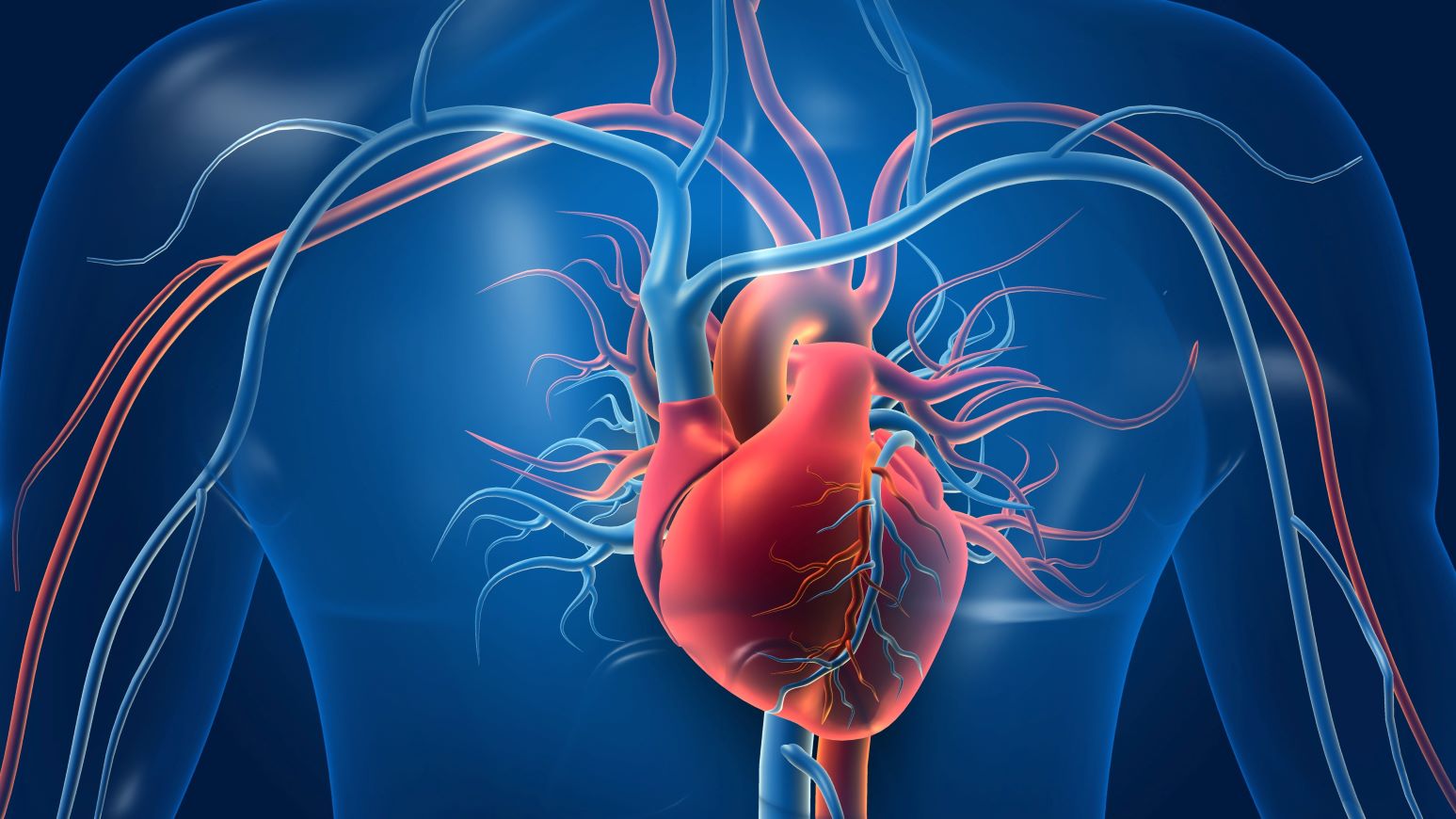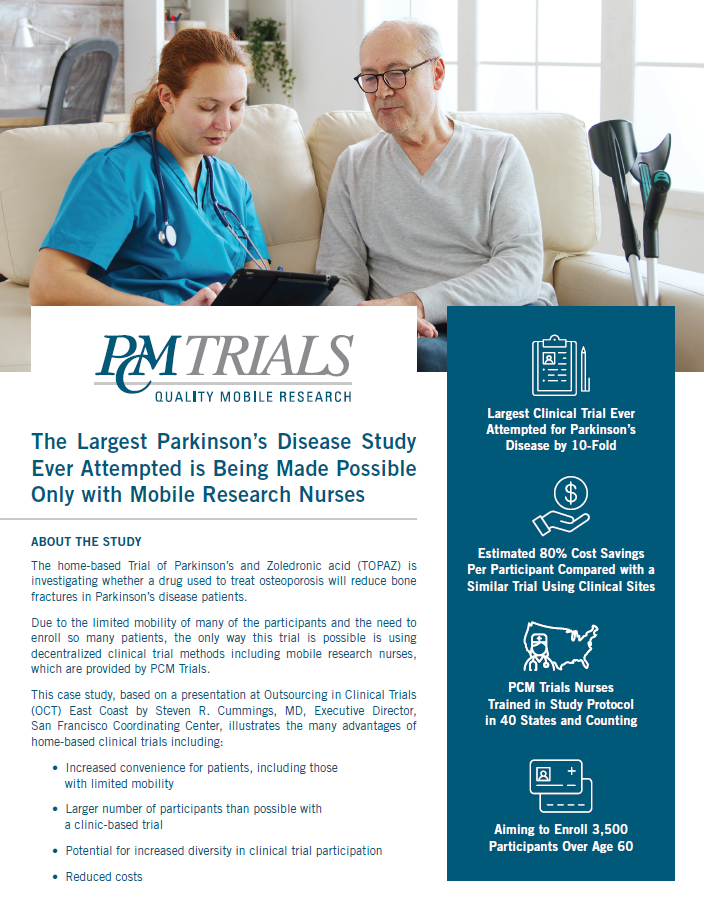At the 72nd annual American College of Cardiology (ACC) meeting, new real-world data was presented from the XARENO study demonstrating that the new oral anticoagulant (NOAC) Xarelto (rivaroxaban) was associated with a reduced risk of adverse kidney outcomes in patients with non-valvular atrial fibrillation (NVAF) and advanced chronic kidney disease (CKD), compared to vitamin K antagonists (VKAs) (abstract #1102-004). AF patients with advanced CKD represent a significant yet underserved subgroup of the AF population. With the potential safety benefits of rivaroxaban compared to VKAs, as demonstrated in the XARENO study, GlobalData predicts that this therapy could become a crucial new treatment option for the many AF patients with advanced CKD.
Atrial fibrillation (AF) affects approximately 2% of the population worldwide, and this percentage is projected to increase significantly. CKD is a frequently encountered comorbidity in patients with AF, with approximately 30% of AF patients diagnosed with stage III, IV, or V CKD. Previous large clinical trials evaluating NOACs for stroke prevention in AF excluded most patients with stage IV and V CKD, thus limiting the evidence base for clinicians to make antithrombotic treatment decisions in this high‐risk population. Hence, warfarin remains the most commonly used treatment option for this AF patient subgroup, despite the numerous shortcomings of the drug class, including the requirement for regular international normalised ratio (INR; indicates clotting ability) monitoring, dose adjustments, and difficulty in maintaining a high time in therapeutic range (TTR). When asked about advanced CKD and end-stage renal disease (ERSD) in AF patients, a GlobalData key opinion leader (KOL) shared the following:
“End-stage renal disease in atrial fibrillation patients is an interesting issue. When thinking about how the trials were done, these patients were excluded from the randomised controlled trials. So, I think it is an area that is really important. It’s really important because there’s a growing number of patients with severe and end-stage renal disease, and we still need to have a good anticoagulant strategy for them.”
XARENO is the first prospective observational study to evaluate the real-world effectiveness and safety of a NOAC versus VKAs in treating patients with NVAF and advanced CKD. The study population comprised 764 patients in the Xarelto group and 691 in the VKA group. Primary outcomes, as determined by blinded adjudication, included progression of CKD and net-clinical benefit (stroke and other thromboembolic events, major bleeding, and all-cause mortality). Propensity score matched analysis (PSMA) was used to compare the Xarelto and VKA groups.
The results from the study demonstrated that adverse kidney outcomes, defined as a composite of eGFR decline below 15ml/min per 1.73 m², need for chronic kidney replacement therapy, or acute kidney injury, occurred 8.3 times per 100 patient years in the Xarelto group, compared to 12.7 times in the VKA group, after a median of 2.1 years follow-up. The frequency of net-clinical benefit events, a composite of stroke or systemic embolism, major bleeding, myocardial infarction, acute coronary syndrome, or cardiovascular death, was similar between rivaroxaban (13.8 per 100 patient years) and the VKA group (13.6 per 100 patient years). The mortality rate (all-cause death) was significantly lower in the rivaroxaban group, with 17.6 events per 100 patient years, compared to 21.9 in the VKA group (95% CI 0.59 to 0.98, HR=0.76). GlobalData predicts that the data from the XARENO study could point to a potential new standard of care for AF patients with CKD, particularly those with renal failure who, up until now, have typically gone undertreated with oral anticoagulation.






